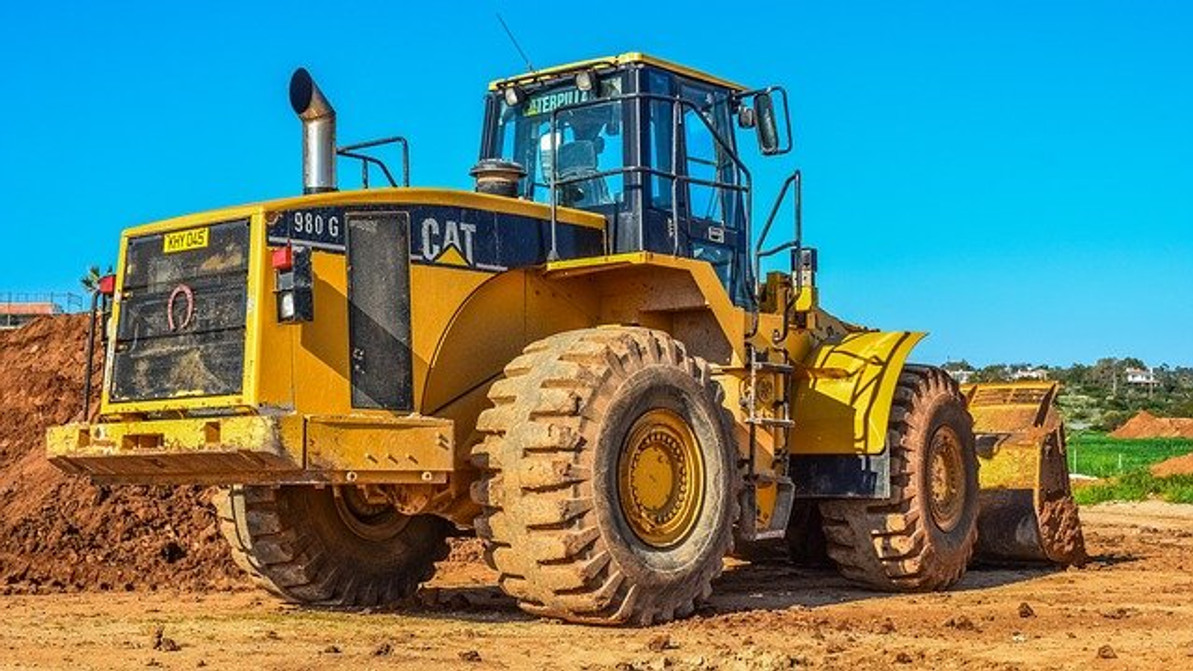5 Safety Tips to Follow When Operating a Front-End Loader
Front-end loaders are used extensively in the construction industry. Also known as bucket loaders, they allow construction workers to easily move heavy loads, including soil, rocks, lumber and materials. All front-end loaders feature a bucket on the front, which is connected to the loader itself via a pair of arms or booms. The operator can lower the bucket to "scoop" up the load, after which he or she can drive the front-end loader to a different area. This post reveals five essential safety tips to follow when operating a front-end loader.
#1) Maintain a Low Bucket Position
You should try to maintain a low bucket position when operating a front-end loader. In other words, don't drive the front-end loader with the bucket raised to its highest position. A high bucket position -- especially when the bucket is filled with a load -- will raise the front-end loader's center gravity. As a result, making sharp turns could result in the front-end loader tipping over on its side.
#2) Be Conscious of Load Weight
Another safety tip to follow when operating a front-end loader is to be conscious of the load weight. Front-end loaders can certainly lift and carry heavy loads. Like all machines and equipment, though, they can only withstand so much weight. Some of them can lift up to 900 pounds, whereas others can lift well over 1,500 pounds. Make sure the front-end loader is rated to lift the weight of the load.
#3) Drive Uphill, Not Downhill
Assuming the front-end loader is carrying a load in its bucket, you should drive it uphill and not downhill. What's wrong with driving it downhill exactly? With a load in its bucket, you may not be able to stop the front-end loader. Front-end loaders typically have braking systems .The braking system, though, may fail to stop it if you're driving the front-end loader downhill while carrying a load.
#4) Evenly Distribute the Load
Don't forget to evenly distribute the load when operating a front-end loader. The load, of course, refers to the materials or objects in the bucket. Regardless of what the front-end loader is carrying, it should be evenly distributed in the bucket. If all the materials or objects are on the right side of the bucket, the front-end loader's center of gravity will shift to that side. Ensuring that the load is evenly distributed in the bucket will lower your risk of injury when operating the front-end loader.
#5) Wear PPE
You should wear personal protective equipment (PPE) when operating a front-end loader. Front-end loaders are heavy machines that, like most other heavy machines, require PPE to protect against injuries. Common forms of PPE for front-end loaders include impact-resistant eyewear, steel-toe boots, gloves and hearing protection.
Recent Posts
-
Fire Safety in the Workplace: What You Need to Know
What steps are you taking to prevent fires in your workplace? According to the U.S. Occupational Saf …Aug 23rd 2023 -
Is It Safe to Go Jogging With a Cold Infection?
If you're suffering from a cold infection, you might be wondering whether it's safe to go jogging. T …Aug 22nd 2023 -
5 Safety Tips to Follow When Using a Powder-Actuated Tool
Powder-actuated tools are commonly used to join materials to steel and concrete. Also known as Hilti …Aug 20th 2023




